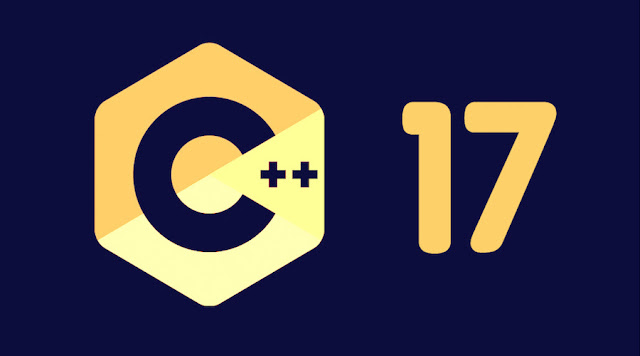The C++17 standard is now
complete and this vintage programming language is expected to Comining soon. New
standards are introducing new features like structured bindings and if
initialisers, making this vintage programming language “feature complete”. This
major update aims to make C++ an easier language to work with and brings
powerful technical specifications.
If you are fond of the relatively newer
programming languages like Apple’s Swift, you might be too comfortable calling C++
a bloated programming language. To tackle such questions and improve the
support for large-scale software, C++17 is expected to ship later this year.
C++17
has become a major release just like C++98 and C++11. ISO C++ standards
member Herb Sutter recently shared
his report from the standards meeting and told that C++17 is
now complete.
The C++
community is calling C++17 the start of a new era that will bring powerful
technical specifications. The non-C++17 features will be released later as
add-ons in future releases.
Here’s
the list of the most notable features coming to C++:
·
Dynamic memory allocation for over-aligned data
·
Guaranteed copy elision
·
Structured bindings
·
if (init; condition) and switch (init; condition)
·
constexpr if
·
Inline variables
·
C++17 is based on C11
·
A weaker version of fixed order-of-evaluation for expressions
·
Template argument deduction for class templates
·
Forward process guarantees (FPG)
·
Addition of std::byte type
You can head
over to GitHub and
get the full details of the new changes coming with C++17, With this feature
list that consists of parallel algorithm libraries and fold expressions looks
very impressive.
Overall,
C++17 is a major update that consists of tons of smaller features that are
expected to help make this language more readable.
Did you find
this article helpful? Don’t forget to drop your feedback.










8D06344C76
ReplyDeletetakipçi satın al
Instagram Takipçi Kazan
SMM Panel
Aşk Acısı Nasıl Unutulur
Güvenilir Takipçi